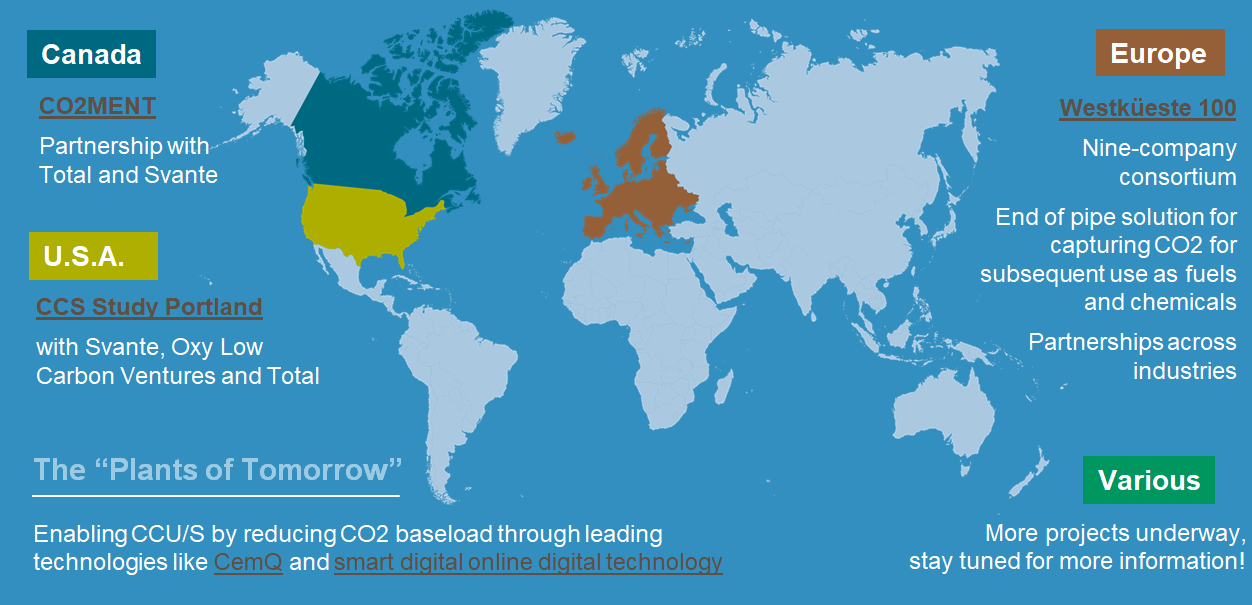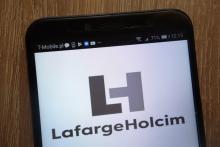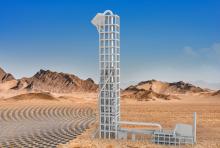
Building materials provider LafargeHolcim says it has completed a study with its consortium partners Svante, Oxy Low Carbon Ventures (OLCV) and Total to assess the viability and design of a commercial-scale carbon-capture facility.
With the confirmation of funding from the US Department of Energy’s National Energy Laboratory Technology (DOE-NETL), the partnership has committed to the next project phase. This is to evaluate the feasibility of the facility designed to capture up to two million tons of CO2 per year directly from the Holcim cement plant in Florence, Colorado and the natural gas-fired steam generator, which would be sequestered underground permanently by Occidental (the parent company of Oxy Low Carbon Ventures).
The Westküste 100 project in Germany also received the go-ahead and funding approval from the Federal Ministry of Economic Affairs and Energy in August. In this project, CO2 from the LafargeHolcim Lägerdorf plant will be transformed with green hydrogen into a synthetic fuel. LafargeHolcim says the potential carbon capture capacity for the cement plant is approximately one million tons of CO2 per year. Westküste 100 (www.westkueste 100.de) is a ten-company consortium focused on the creation of low-carbon solutions and end-to-end sustainable business practices across industries.
LafargeHolcim recently added to its portfolio of CCUS (carbon capture, utilisation and storage) pilots with the ECCO2-LH project in Spain, in collaboration with Carbon Clean and Sistemas de Calor, which will capture CO2 from flue gas at its Carboneras plant and turn it to agricultural use for accelerated crop production. This will increase farm efficiency by reducing water and soil consumption ratio per kg of vegetable production. Starting with 10% of CO2 emissions from 2022, the commercial applicability of this viable CO2 circular economy business model can potentially leverage 700,000 tons of CO2 and achieve 100% decarbonization at the plant.
LafargeHolcim chief sustainability officer Magali Anderson said: “Carbon capture, usage and storage will most likely play a key role in many industries' decarbonization journey. That’s why we are multiplying our pilots to test various scenarios with the ambition of reaching effective, affordable and scalable solutions. It is very encouraging to receive the support of funders such as the US and German governments, as partnering with like-minded organizations is key to scale up our impact.”
LafargeHolcim says it is expanding its CCUS portfolio with more than twenty projects across the US, Canada and Europe. Overall these ongoing CCUS projects could save approximately four million tons of CO2 per year.








